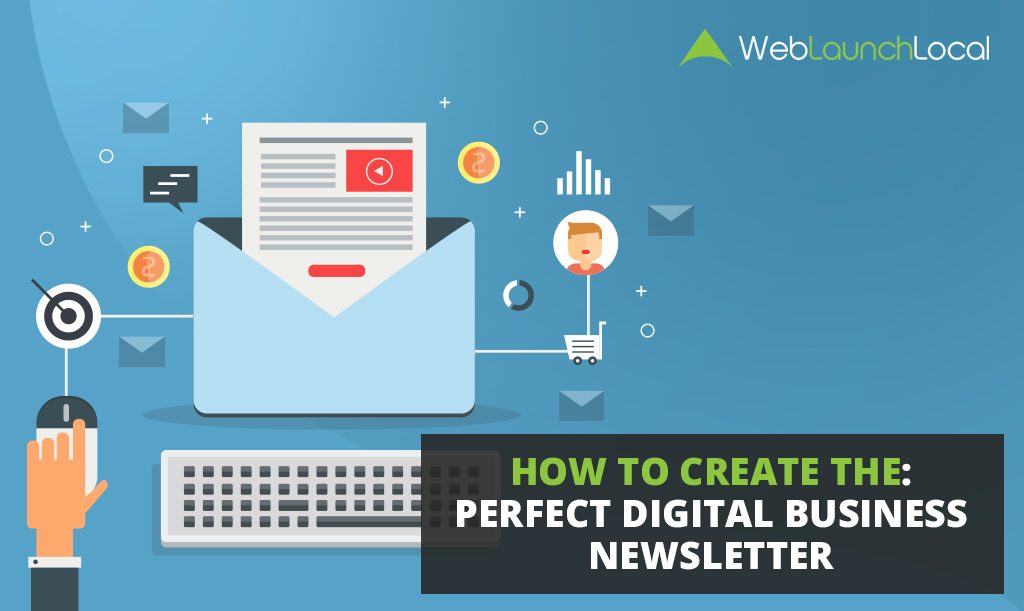
Let’s start by saying that newsletters are a great way to keep in touch with your audience because you engage with them regularly in a personal, targeted and consistent manner. Not only that, but they also let you enhance your brand advocacy and improve sales because they are fantastic web traffic conduits.
Despite all of the good they can do for your business, those benefits depend entirely on how well designed and executed the newsletter itself is, and that requires more than some careful planning. We’ve listed some of the best practices when it comes to creating your e-newsletter examples, but remember that it all comes down to how you can communicate to your customers what you know about your business.
Balance out the content
Even if they love your business, most people don’t want to read a whole newsletter that only promotes your products and services and nothing else. In other words, you have to keep the shilling to a minimum! But it has to be an effective minimum, so you need it to pair it up with educational content because you’re offering true, interesting value to your customers.
A well-balanced newsletter should average out at 90% educational content and just 10% dedicated to self-promotion. The secret is to unify both of these through a single theme and to make your educational digest lead into the self-promoting part.
Step up your email subject game
A person might be subscribed to your newsletter, but getting them to open it is a whole other game since there’s no guarantee that your well-constructed message will be read. While some people might suggest keeping the things that work (i.e. the same subject for weeks on end), your best bet is to create an engaging, unique, and creative one for each newsletter you send.
That way, you make sure that someone who didn’t open your last newsletter will have another shot the next time. We recommend to you keep the subject short and sweet, hooking them up in no more than 65-75 characters, tops.
Always remember mobile users
Up to 42% of subscribers will delete an email that doesn’t display correctly on their mobile screen. That means that if you don’t think mobile from the very planning stages of your newsletter, you’ll be alienating (and losing the business of) almost half of your reader base. A good mobile-friendly practice is to create a single column design with a large typeface and big buttons that anyone can easily press on a real screen.
Offer added benefits that are exclusive for your readers
It’s as simple as it sounds. The added benefit of finding coupons, discounts or other benefits waiting for them at the bottom of your newsletter (or better yet, by redirecting them to your website) will mean that they’ll stay interested throughout the content and feel rewarded in the end.
Include links to your social media and make it shareable
Prominently display your social media buttons in your footer so that people can follow you easily and can stay in touch with you beyond just your newsletter, and will help get the word out on your company and brand, which in turn will increase your subscribers on your email lists. Make sure to also plug your newsletter subscription button on the content you post in your websites, such as blog posts, resources, and even your email signature.
Finally, make sure that you’re sticking to the rules and regulations required by the Controlling the Assault of Non-Solicited Pornography and Marketing law (also known as CAN-SPAM law, tee-hee). Yes, having marketing dumped in the same line as pornography is a little disheartening, but that’s beyond the point. This is what you should stick to:
- Don’t use false or misleading header information
- Don’t use deceptive subject lines
- Do mark your message as an ad
- Do include a valid address to let your subscribers know where you’re physically located
- Do let people opt-out and unsubscribe easily
All that’s left, of course, is to create the content and design of your newsletter proper, but that’s opening a whole new can of worms. If you’re feeling a little lost on how to write a newsletter when it comes to creating effective and well-targeted content, perhaps a trustworthy and professional outside opinion is the push you need towards newsletter greatness.


